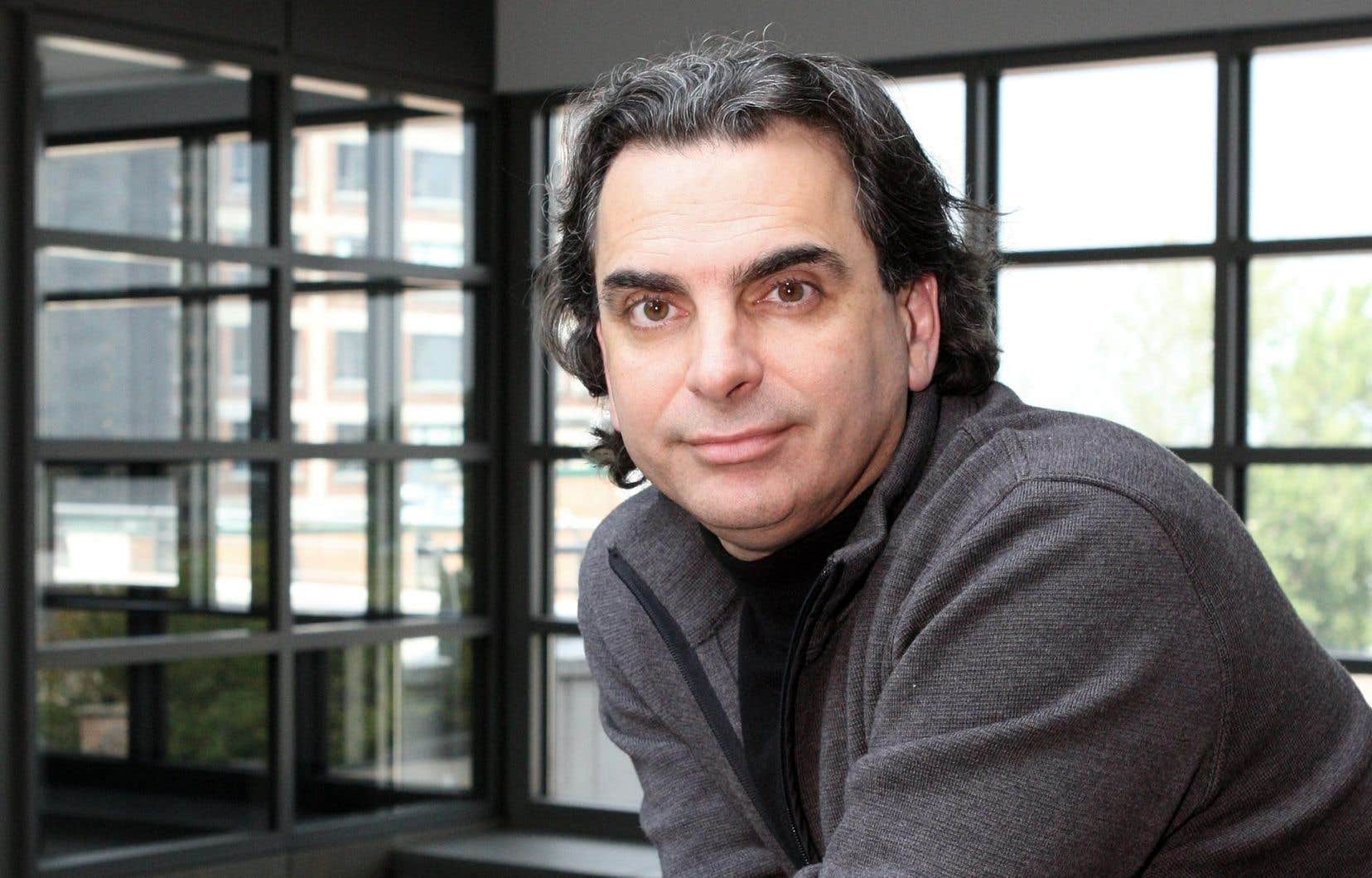Since Saturday morning, many have been paying tribute to Daniel Langlois, and it appears that everyone has a version of the character. Some were close to the businessman, others to the cinema lover, others to the defender of the environment and nature. Here I would like to talk about a lesser known part of its activity, the Daniel Langlois Foundation for Art, Science and Technology, as it was called from 1998 to around 2010.
When I arrived as director of the Langlois Foundation in January 1998, I met a daring, cultured man who of course loved cinema, but also wanted to allow artists to explore digital technologies. What did he care about? Subsidize individual artists and not just support organizations, because, for him, innovation came through creative individuals, explorers of the new avenues offered by technology; It was also important to him to finance projects in regions of the world less favored than our Nordic countries. For him, invention could come from anywhere.
Who remembers that the Daniel Langlois Foundation organized the first and only exhibition of the drawings of the filmmaker Eisenstein to be held in North America, The body of the line ? Eisenstein’s drawings were presented from April 10 to May 16, 1999 at Ex-Centris, even before the official opening of the place a year later, and it was also shown at the Drawing Center in New York the following year. This set the bar very high and indicated the desire to make the foundation a center of excellence and research dedicated to supporting the intersection of arts, science and technology. Who better than Eisenstein, pioneer of a technology that was new in his time, to symbolize this quest and this difficult symbiosis! Among other important projects and activities of the foundation, I would mention Digital Snow, an interactive catalog on the work of the great artist Michael Snow, whom Langlois greatly admired. He had invited him to do an artistic intervention at his private club, the 357c.
It would take too long to list all the projects supported or carried out by the foundation around the world to realize the scale and ambition of this organization, which had up to 15 employees during its golden years. The foundation had created here in Montreal, on the fourth floor of Ex-Centris, the Research and Documentation Center, whose mandate was to document the history and current events of this meeting of art and technology and to collect archives of important artists in the annals of media arts. The foundation’s website provides details on the Langlois Foundation collection under the care of the Cinémathèque québécoise since 2011.
Being aware that the technological and digital media used by artists present significant challenges for the conservation of their works, the foundation has since 2000 contributed to the advancement of research on questions of preservation, conservation and documentation. technological arts. First by financing an initiative of the Guggenheim Museum in New York, the Variable Media Network, then by being the project manager of the DOCAM Research Alliance, financed in part by the CRSH from 2005 to 2010.
Daniel Langlois had also acquired works by Quebec artists, such as Lyne Lapointe and Dominique Blain, as well as the Canadian David Rokeby, whose work Machine for Taking Time (Saint Laurent Blvd) was commissioned and financed by the foundation for the exhibition of the Montreal Museum of Fine Arts, e-art. New technologies and contemporary art, ten years of action by the Daniel Langlois foundation and exhibited for a time in the Ex-Centris hall from fall 2007.
After this tragic disappearance of Daniel Langlois and his partner, Dominique Marchand, I was asked what this man’s legacy was. What remains of his action since the Ex-Centris cinemas no longer exist, and the private club which aimed to bring together artistic and business circles is closed? There remains an important collection, which the Cinémathèque québécoise takes great care of and makes accessible. Above all, it remains an example of a conviction, perhaps idealistic, of the ability of artists to intervene in the major issues of our world, whether technological, environmental or social.
